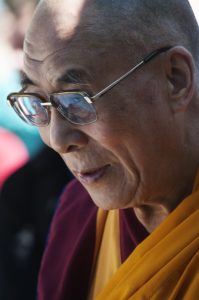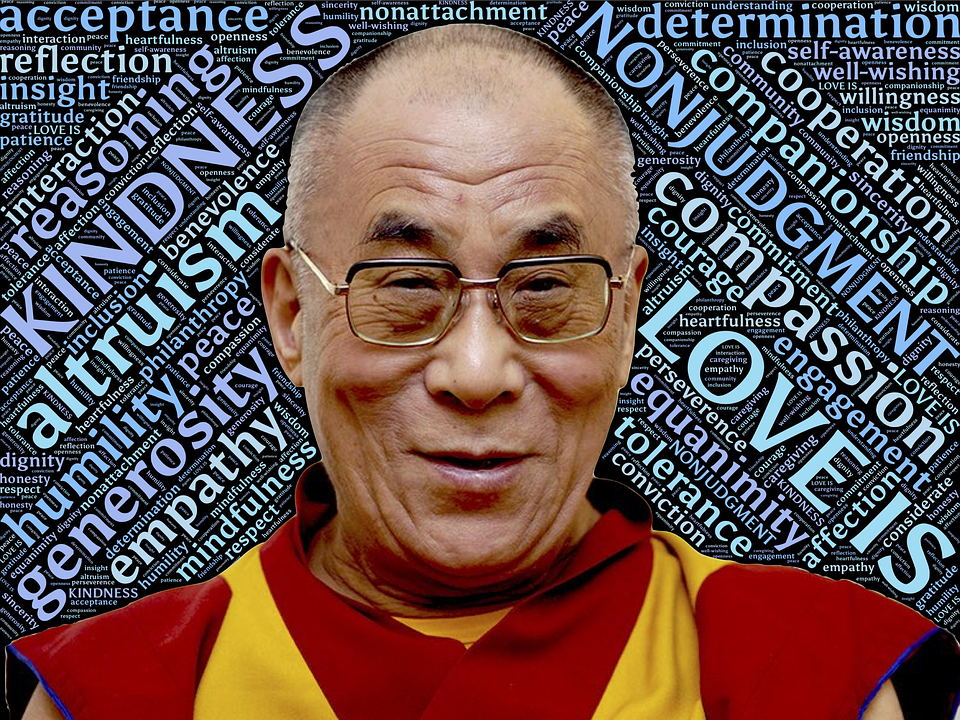The threat against the life of the Dalai Lama
The terror group the police claim is responsible for the recent death threats is Lashkar-e-Toiba. Although this group is the Al Qaeda affiliate operating in South Asia, it is by no means certain that Al Qaeda is behind any of this.
Lashkar-e-Toiba is suspected of having contacts with Chinese intelligence. China is by far the Dalai Lama’s most vitriolic adversary. Recently the Chinese leadership in Tibet increased the volume of its denunciations of the Dalai Lama and the Dharamsala government-in-exile. These attacks have been of an acutely personal nature. The PRC secretary of Tibet, Zhang Qingli, epitomizes this aggressive approach. He has described the Dalai Lama as “a false religious leader” and curiously enough likened China’s struggle with him as “a fight to the death”.
Chinese intelligence might attempt to use an agent to carry out an attack
The venerable leader has acquired a lot of respect around the world and an assassination attempt linked directly to China would be the worst possible publicity.
 The plot, however, is much murkier than it may appear on the surface. A number of insider sources associated with the Dharamsala government-in-exile believe that the real suspects behind the threats are connected to the Shugden sect, a Tibetan group actively opposed to the Tibet policies of the Dalai Lama.
The plot, however, is much murkier than it may appear on the surface. A number of insider sources associated with the Dharamsala government-in-exile believe that the real suspects behind the threats are connected to the Shugden sect, a Tibetan group actively opposed to the Tibet policies of the Dalai Lama.
The Shugden’s New Kadampa Tradition (NKT) was set up in the UK by Kelsang Gyatso in 1991. The sect worships a warrior deity named Dorje Shugden. There is a division between two groups within the sect respectively called “the yellow hats” (Gelukpa) and “the red hats” (Nyingmapa).
The Dalai Lama has roundly condemned the brand of spirituality promoted by the sect
He has even likened the worship of Dorje Shugden to “a cult of spirit worship”.
Although evidence is hard to come by, many connected to the government-in-exile have little doubt that Dorje Shugden activists are in contact with Chinese intelligence, and are even being paid by Chinese authorities to sow discord. One of their objectives is to increase tensions between the local people in Dharamsala and Tibetan refugees with the aim of weakening the Dalai Lama’s authority. They have also been accused of targeting members of the government-in-exile for assassination.
On February 4, Lobsang Gyatso, head of the Tibetan Dialectics Institute in Dharamsala was knifed to death, along with two of his students. The assassins are believed to be Dorje Shugden agents. Following the killing, they fled. Police believe they are hiding out in the Tibetan exile community in Bangalore.
As a result of the recent scare, a three-tier level of defense has now been created around the Dalai Lama. Additional security has also been provided for high-level members of the government-in-exile considered at risk, such as Samdhong Rinpoche, the speaker of the Tibetan Assembly.
Given the hostile rhetoric that has been coming from Chinese authorities in Tibet of late, it’s a little too obvious to attribute these death threats to some hypothetical Islamist plot. China often offers phony alibis as a cover for baser motivations. For example, the “terror card” was used as a front for its repressive policies in the northeast Xinjiang Uighur Autonomous Region. These policies resulted in many executions and the detention of tens of thousands of people.





